SUMMARY
I t takes all kinds of strokes to get you and your whitewater kayak down a river, in and out of eddies, across the river for a ferry, boofing over a drop, S-turning through a mid-river eddy, and attaining up a drop. All of those strokes are spelled out here in this book. The drills are designed to be quick and easy to do as part of a physical warm-up or just as a learning experience. Taking the time to really get proficient with your strokes and understanding and applying the concepts is quite rewarding. You will be very happy with how your paddling takes a big step forward, and your friends will wonder what happened that you got so good, so fast!
I hope we get to paddle together on the river one day, if we havent already. I have paddled over 11,000 times in a whitewater kayak for over thirty years. I have had the pleasure of paddling with many of you already, as well as many of your parents, your kids, and your friends. Whitewater kayaking has been a passion, sport, hobby, business, and learning experience for me for most of my life. I hope you find that the information I am presenting to you is helpful in your own paddling.

Thank you for taking the time to absorb and pass on this information. The more people who understand kayakings best practices, the more fun everyone will have!
See you on the riverEJ

Kayaking WITH Eric Jackson
STROKES and CONCEPTS
Published by Stackpole Books
An imprint of Globe Pequot
Trade Division of The Rowman & Littlefield Publishing Group, Inc.
4501 Forbes Boulevard, Suite 200, Lanham, Maryland 20706
Distributed by NATIONAL BOOK NETWORK
800-462-6420
Copyright 2017 by Eric Jackson
Photos by Eric Jackson and Diane Jackson
All rights reserved. No part of this book may be reproduced in any form or by any electronic or mechanical means, including information storage and retrieval systems, without written permission from the publisher, except by a reviewer who may quote passages in a review.
British Library Cataloguing in Publication Information available
Library of Congress Cataloging-in-Publication Data available
ISBN 978-0-8117-1835-6 (paperback)
ISBN 978-0-8117-6560-2 (e-book)
 The paper used in this publication meets the minimum requirements of American National Standard for Information SciencesPermanence of Paper for Printed Library Materials, ANSI/NISO Z39.48-1992.
The paper used in this publication meets the minimum requirements of American National Standard for Information SciencesPermanence of Paper for Printed Library Materials, ANSI/NISO Z39.48-1992.
Printed in the United States of America
INTRODUCTION
S trokes and concepts for kayaking have continued to evolve over the past twenty years, mostly due to the evolution of kayaks. But despite this, your success in any kayaking endeavor will still depend upon your basic habits related to your head, paddle, boat, and body movements or non-movements. Your kayak goes where it goes based on a combination of your own physical effort and how effectively you use the rivers energy. This book provides the information, drills, and coaching you need to learn, understand, and put to use the best techniques available today. I will cover both the shortest kayaks (play-boats) and the longer river-running and creek boats, as there are differences.
I have seen the value of learning the kayaking basics from all of the successful racers, freestyle paddlers, and general river runners that I have coached over the years. The basic strokes and concepts are the foundation on which all other skills are built. Cultivating the best general habits for your head, paddle, boat, and body will make the incredibly complex whitewater environment much more manageable.
In the eighteen years since I wrote the first edition of Strokes and Concepts , I have won three more world championship freestyle titles and countless races, and I have coached my friends and family members to many more World Championship titles, successful first descents, and racing victories. Learning and applying the basics is critical for effective paddling and will increase your enjoyment of the sport.
Whether you are a beginner, thinking about trying the sport, or an aspiring pro kayaker, this book can be a valuable reference guide to paddling. Remember, Good strokes can take you to good places!
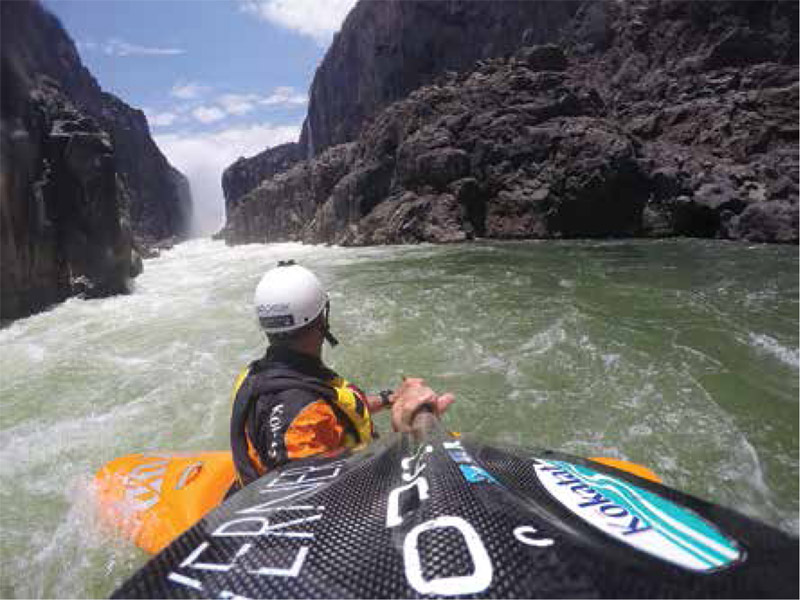
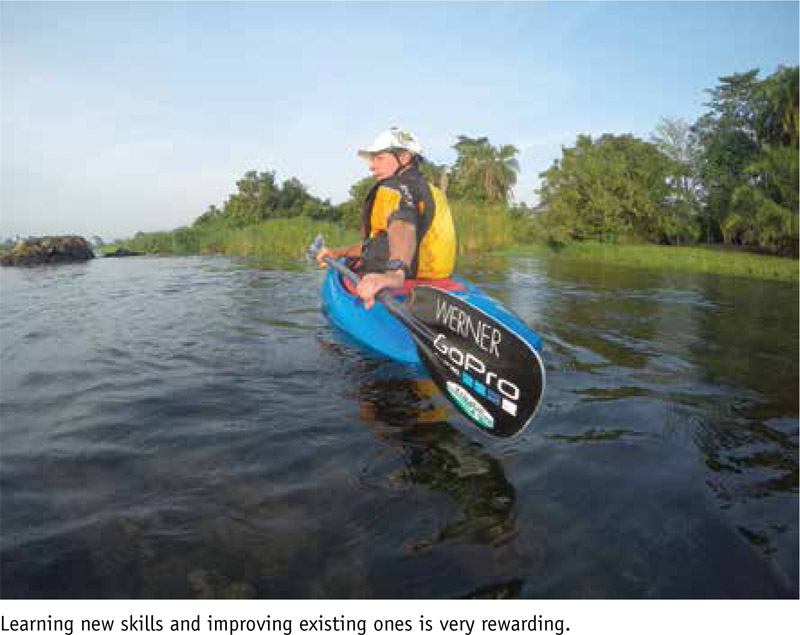
CHAPTER 1
The 12-Minute Stroke Drill Warm-Up
T he best place to create the good habits for whitewater is in flatwater. Flatwater is a controlled environment where you can focus on one thing at a time and coach yourself.
When you are paddling in whitewater, you tend to focus on the rapids and the moves you are doing, but you will still be relying on the basic techniques. If you havent learned all these techniques carefully, the chance of your strokes being ideal is slim. The best paddlers seem to be able to paddle almost effortlessly; their strokes and concepts work for them even when they are not actively thinking about them. This book is designed to teach you how to do that for yourself.

Each chapter of this book will teach you a stroke, teach you a skill, or introduce you to some concepts you can apply to your paddling. When youve practiced the effective techniques for each stroke so much that they become habit, youll experience a breakthrough in paddling. You will be able to learn new things easily in playboating, river running, racing, and more. The biggest obstacle youll have to overcome in learning new skills is how to properly control your head, paddle, boat, and body at the same time but independently. If your habits for your head are not correct or if your habits for your torso are not correct, your paddle and boat control will not be correct, and you will have a difficult time learning new skills.
The concept of the 12-Minute Stroke Drill Warm-Up is to practice all of the strokes when you first get on the water. Once you have committed the strokes to memory and can use your head, paddle, boat, and body to achieve the desired effect, you are on your way to creating good habits. If you can remember the lessons I am teaching here and focus on fixing what youre doing wrong, you will keep a constant progression.
One of my favorite sayings is Everyone rises to their own level of incompetence and then remains there. This is especially true for kayaking. The moment you think you are doing the strokes perfectly is the moment you stop improving. I have to focus on my strokes every time I paddle to improve them. My forward stroke can slip easily if I dont treat it like I am learning it for the first time whenever I get in the water and warm up properly.

So, please, take the time to practice each stroke, record yourself on video doing them, and compare your results to the photos in this book or to the videos in my Strokes and Concepts DVD. Become a student of the sport. It is fun and rewarding, and youll be surprised at how quickly your paddling improves. Without thinking about it, you will begin applying the skills youve been practicing in flatwater but couldnt imagine using in whitewater.



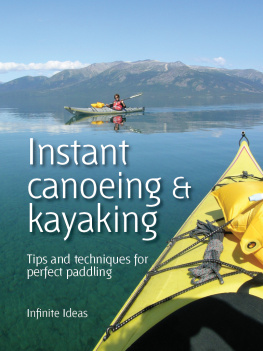
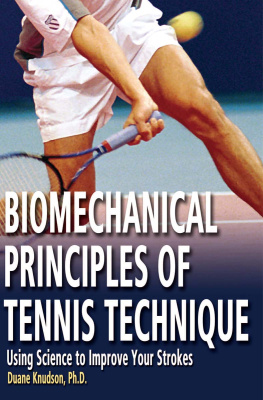
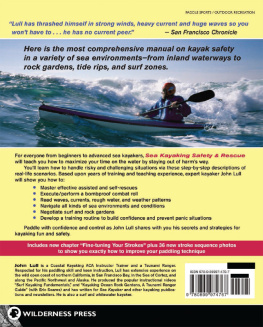


 The paper used in this publication meets the minimum requirements of American National Standard for Information SciencesPermanence of Paper for Printed Library Materials, ANSI/NISO Z39.48-1992.
The paper used in this publication meets the minimum requirements of American National Standard for Information SciencesPermanence of Paper for Printed Library Materials, ANSI/NISO Z39.48-1992.


